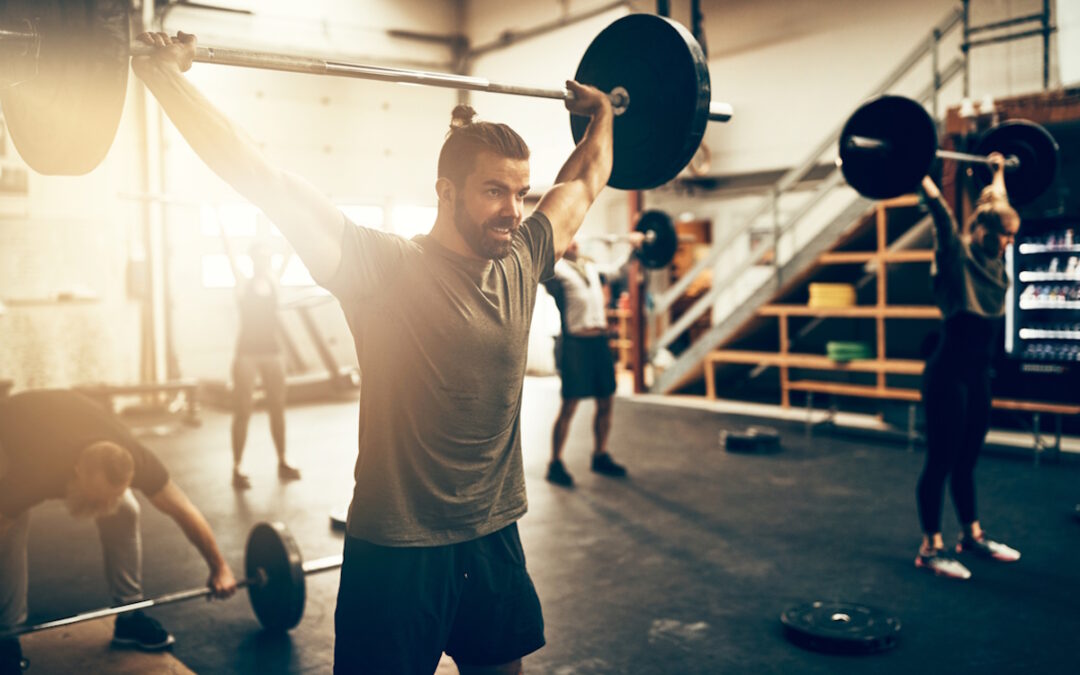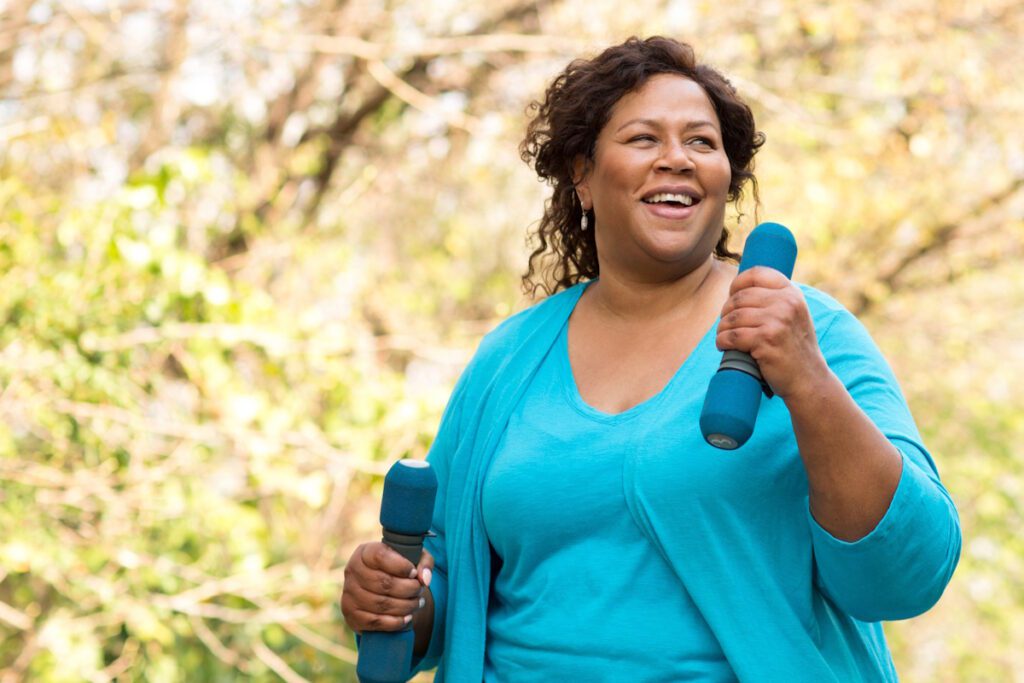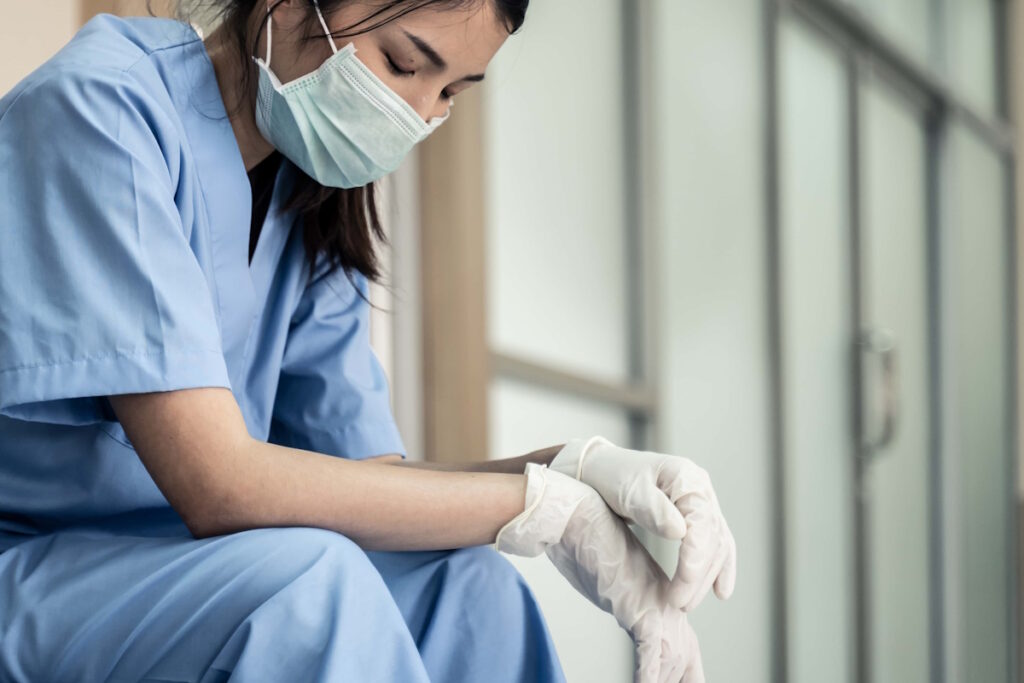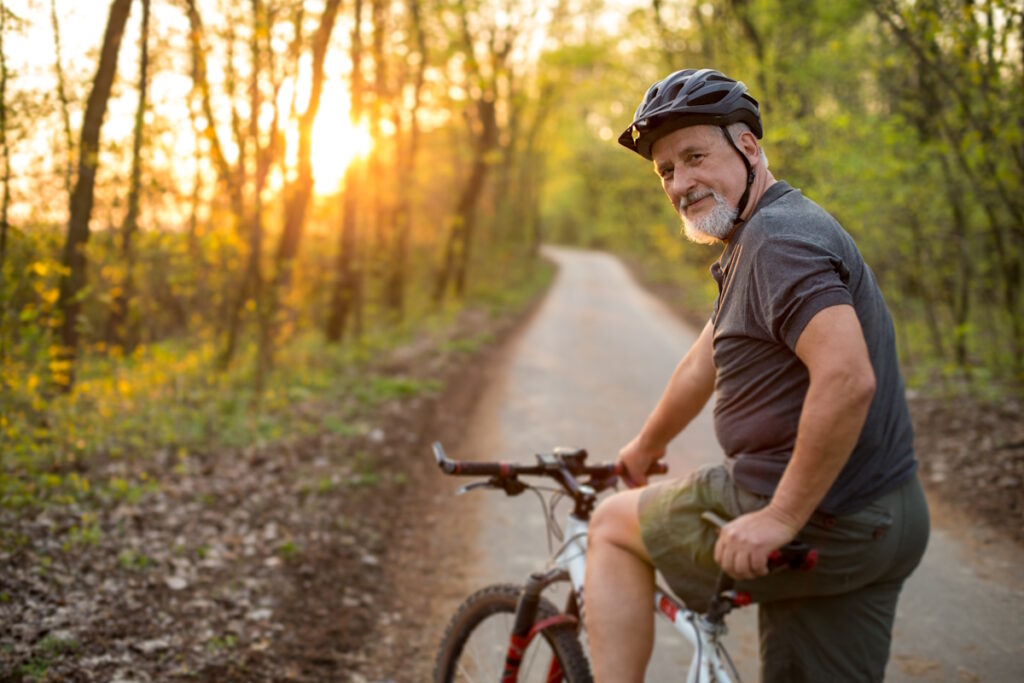Can Weightlifting Cause Varicose Veins?
Author: StrideCare Internal Team

If you or a family member are concerned about developing vein disease and wish to have healthier lifestyle habits, exercise is a great place to start. Whether it’s running, strength training, or enjoying an evening walk, a body that’s always in motion leads to toned muscles, weight loss, cardiovascular health, and healthy blood circulation. As a result, the chances of placing unhealthy stress on veins are significantly diminished. That said, fitness enthusiasts often wonder if excessive weightlifting can be a cause for vein issues. As they lift and strain to complete a heavy set, blood rushes to the area of the body that’s under stress, causing veins to “bulge” and rise to the skin’s surface. Even if what they’re experiencing is temporary, they wonder, “Can weightlifting cause varicose veins?”
The answer depends. For a healthy person with no predisposition to varicose veins, activities such as weightlifting, intense running, resistance training, HIIT-style workouts, and other routines where the body is pushed to the max may see their muscles harden and swell and the appearance of bulging veins. However, these shouldn’t be confused with varicose veins. With that said, while weightlifting doesn’t “cause” varicose veins, it can make symptoms worse if you already have them or are considered predisposed to the condition.
If this is true for you or a loved one, you may consider altering your weightlifting routine.
Do These Symptoms of Varicose Veins Sound Familiar?
- Achy or heavy feeling in your legs
- Sudden or excessive swelling
- Throbbing and burning sensations in the legs and feet
- Pain that worsens after standing for long periods
- Muscle cramps
- Itchy skin
- Bruising and skin discoloration around a varicose vein

Why Exercise Is Crucial to Improving Vein Health
Roughly 25% of men and women in the United States have varicose veins. These twisted, ropey, discolored, and bulging veins appear on the legs when there is unhealthy pressure on the circulatory system. As this happens, the veins stop working properly, fill up with blood, and enlarge or swell due to a high volume of fluid build-up.
While anyone can get varicose veins, many people who have them are more susceptible because of the following:
- Aging — Varicose veins commonly develop between the ages of 30 and 70 simply because our veins aren’t working as well as they used to. And it’s not just women. Roughly 22 million women and 11 million men between the ages of 40-80 years old are susceptible to varicose veins.
- Genetics — If a person’s mother, grandmother, father, or grandfather had varicose veins, they are considered pre-disposed. In fact, statistics show that nearly 50% of varicose vein patients have a family history of varicose veins.
- Pregnancy — Varicose veins can be brought on during pregnancy when the uterus applies pressure to the large vein that carries blood back to the heart. Pregnancy can also make existing varicose veins worse.
- Obesity — Excess weight places additional stress on the circulatory system. This causes veins to work harder than normal to push blood throughout the body, leading to damaged veins and valves.
- Smoking and drinking alcohol — New varicose veins are common in individuals who smoke and drink regularly.
- Sedentary lifestyle — Most research suggests Americans sit almost 10 hours each day on average due to work, illnesses, and other factors. This makes it harder for veins to push blood throughout the body.
- Working conditions — Cooks, bartenders, waiters, nurses, etc., have jobs that force them to be on their feet for hours at a time. This puts pressure on the veins and can lead to varicose veins.

While exercise doesn’t eliminate the threat of developing varicose veins later in life, the American Heart Association recommends at least 150 minutes per week of moderate-intensity aerobic activity and increasing the amount and intensity of those exercises gradually over time. This improves blood flow throughout the body and promotes healthy veins.
Intense weightlifting is no exception. As a person strains to do one heavy rep of squats or eke out one more intense mile of running on the treadmill, their veins become enlarged because of increased blood circulation. This is good and can lead to several benefits, including weight loss and improved muscle tone in the calf muscles and legs. This makes it easier for a person’s veins to pump blood back to the heart.
When Weightlifting Becomes a Problem
The benefits of weightlifting far outweigh the negatives for many people—especially those who enjoy lifting heavy weights for recreation or competitive purposes. But for others, weightlifting could make existing symptoms worse. For example, a person may already be battling daily bouts of leg aches, cramps, and sensations of heaviness. Weightlifting activities such as squats, lunges, calf raises, and leg extensions place even more strain on diseased leg veins and can make the symptoms above significantly worse. Moreover, the stress of those exercises can further weaken the vein valves that keep blood flowing properly. This is even more true in people who use bad form, hold their breath as they strain, or do not rest enough between workouts.
Alternative exercises to consider when you have varicose veins include the following:
- Walking — More than 145 million adults have added walking to their physically active lifestyle because it is less taxing on the body and can be performed by people of all ages and fitness levels.
- Yoga — This low-impact, total-body workout is perfect for those who have varicose veins in that it stimulates blood flow, reduces swelling, and helps with pain management. It also improves strength, balance, and flexibility.
- Leg elevation — When the legs are elevated, gravity forces blood that has pooled in a person’s extremities to drain away. As a result, the person should experience improved symptoms. Do this for 30 minutes four times a day.
- Light weight training — Rather than lift heavy, use a combination of light weights, higher repetitions, and bodyweight exercises. This is a great option for people who love weightlifting but need to avoid lifting too heavy.
- Swimming and biking — Swimming eliminates gravity on lower leg veins and utilizes all muscle groups. That and biking help increase the heart rate and is great for weight loss.

Get Expert Treatment for Your Varicose Veins with StrideCare
Before launching an intense weightlifting routine, check with your doctor to see if it is safe to do so. Many patients we talk to aren’t aware their leg pain is from a vascular issue or don’t know how their family history might impact their vein health later in life. As a result, their weightlifting routine might hinder them in the long run.
If a patient does have varicose veins, the good news is that StrideCare physicians are experts in performing leading-edge procedures to treat artery and vein diseases and symptoms that, while minor in their earliest stages, can eventually lead to chronic and serious conditions. The experts at StrideCare will recommend an individualized plan to help you get the best results. Most procedures are covered by medical insurance and Medicare.
StrideCare has long been a leader in performing leading-edge procedures to treat vein disease and symptoms that, while minor in their earliest stages, can eventually lead to more serious and life interrupting issues. This includes spider veins, as well as varicose vein treatment, venous insufficiency, restless leg syndrome, May-Thurner Syndrome, and more—all the while providing compassionate patient care.
Prior to starting any new treatment or questions regarding a medical condition, always seek the advice of your doctor or other qualified health provider. This information is not a substitute for professional medical advice.
StrideCare serves the South Texas area including Houston, San Antonio, Austin, Round Rock, Bastrop, Brushy Creek, Cedar Park, Converse, Georgetown, Hutto, Kyle, Leander, Marble Falls, New Braunfels, Pasadena, Pearland, Pflugerville, San Marcos, Schertz, Houston, Sugar Land, Katy, Webster, Bay City, Clear Lake, Lake Jackson, The Woodlands, Universal City, Spring, Kingwood, Stafford, Conroe, Texas City, Cypress, League City, Bellaire, and more.


